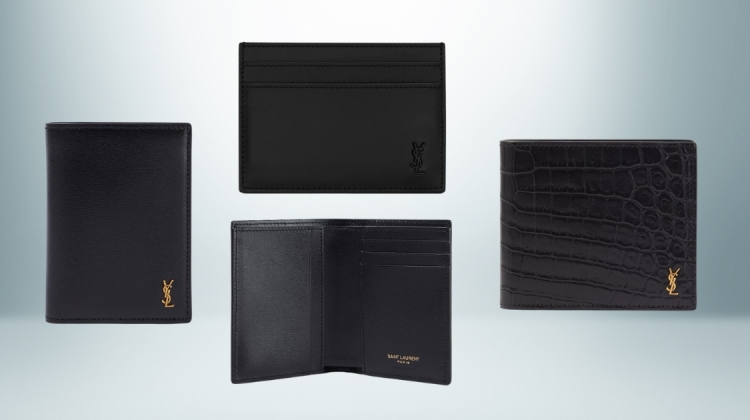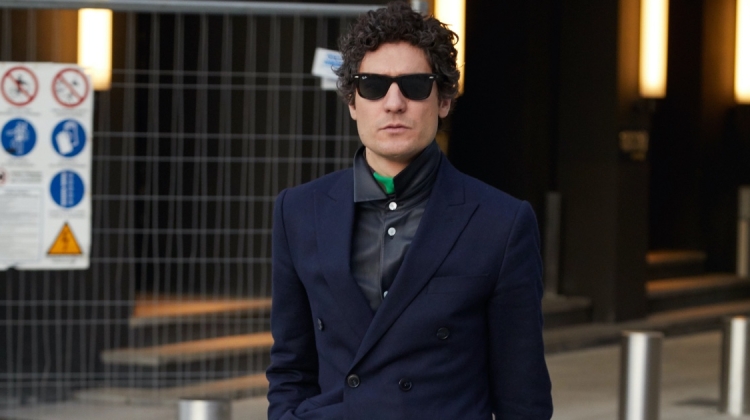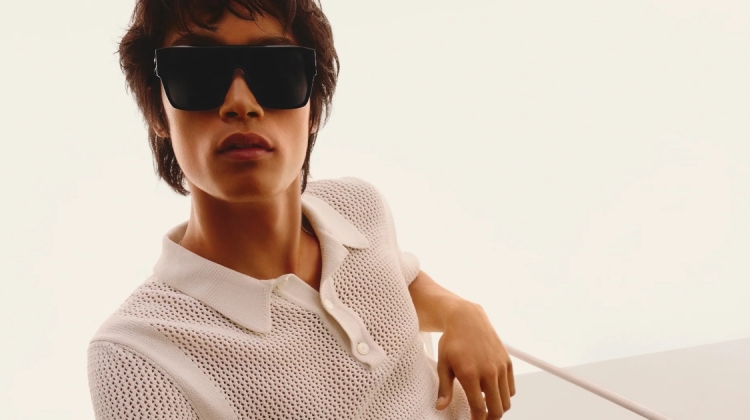
Getting dressed every day sounds simple and often is. But looking good without appearing to try is something else entirely. It’s what most people want. To look like they understand themselves. And to do it without treating their closet like a costume rail.
Some arrive there through instinct. Others by habit. The most successful follow an unspoken logic: repeat what works, adjust what doesn’t, and ignore the rest. Everyday men’s style is about building a pattern. It should be one that suits your body, your calendar, and your mood.
How to Achieve Effortless Style

There’s a certain luxury in not having to decide what to wear. You open your closet, pull on what’s there, and walk out looking fine. Not styled. Not over thought. Simply fine. That ease is the product of reliable choices made well before the morning rush.
Style Starts With Familiar Territory
Most wardrobes embrace a standard rhythm. There are familiar pieces, such as a jacket that always gets worn, or jeans that never sit folded for long. These pieces perform key roles. The rest often amounts to well-meaning clutter.
That’s where a personal style begins. Not in trend pieces or dramatic gestures, but in the repetition of what already suits you. And suits you again the next day.
Neutrals Are Structural

People often consider neutrals boring, when in reality, they behave well. They cooperate. Grey, navy, black, cream, and stone. These shades pair well, bringing ease to daily dressing.
A wardrobe built on neutrals has the advantage of coherence. Clothing combinations streamline, and regrets diminish. And when you want to bring in a seasonal color or a rogue print, it fits more easily into the system.
Uniform, But Not Identical
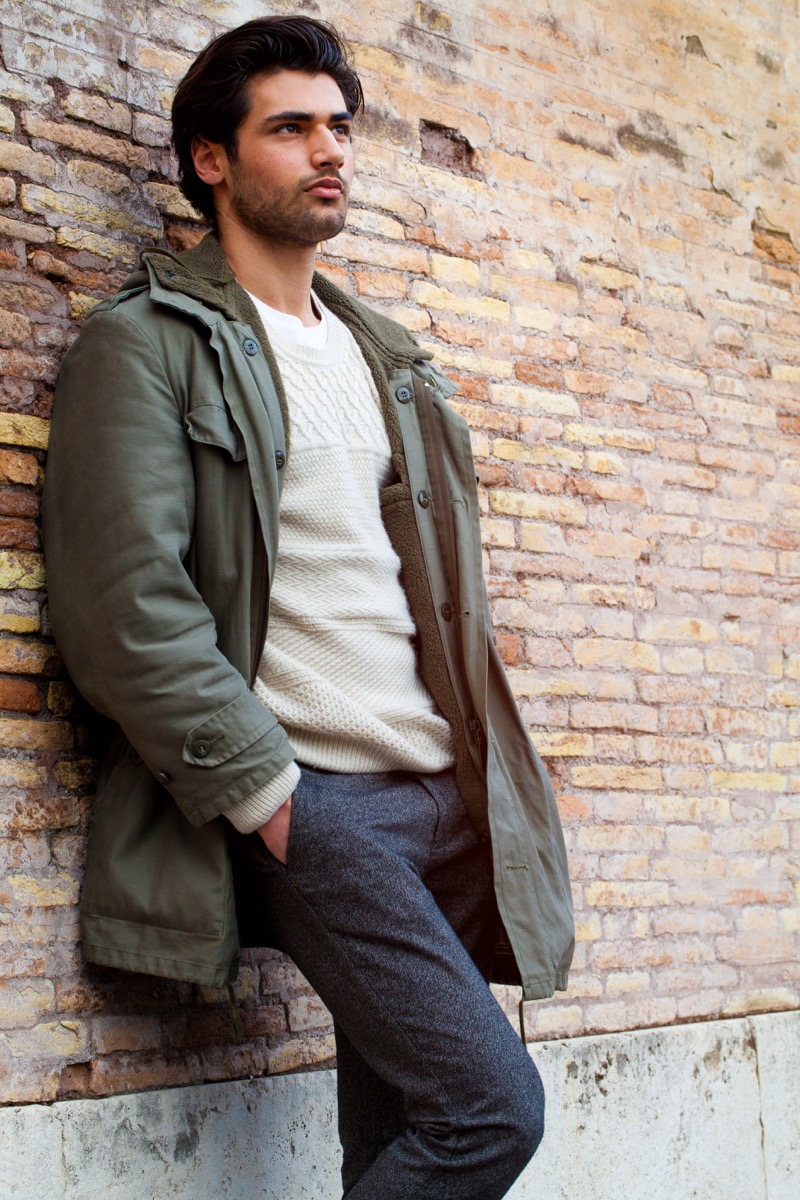

The idea of a personal uniform often gets misunderstood. It’s not about wearing the same outfit again and again. It’s about returning to a silhouette or composition that you know works.
In practice, that might look like a short-sleeve shirt and linen trousers in summer that becomes a crew neck and jeans in the fall. The silhouette holds, but the fabric shifts. It’s not a uniform in the strict sense, but it sends the same signal: you’ve figured out what works.
Fit First & Fit Again
No successful outfit survives a poor fit. Most men know this in theory, but few seem to act on it. A half-hour session with a tailor often proves more effective than a month of shopping.
A tailor can help with trousers that sit right and sleeves that stop where they should. These adjustments often pass unseen, yet impact perception. They turn clothing into something you live in, rather than something that wears you.
Accessories Should Know Their Place
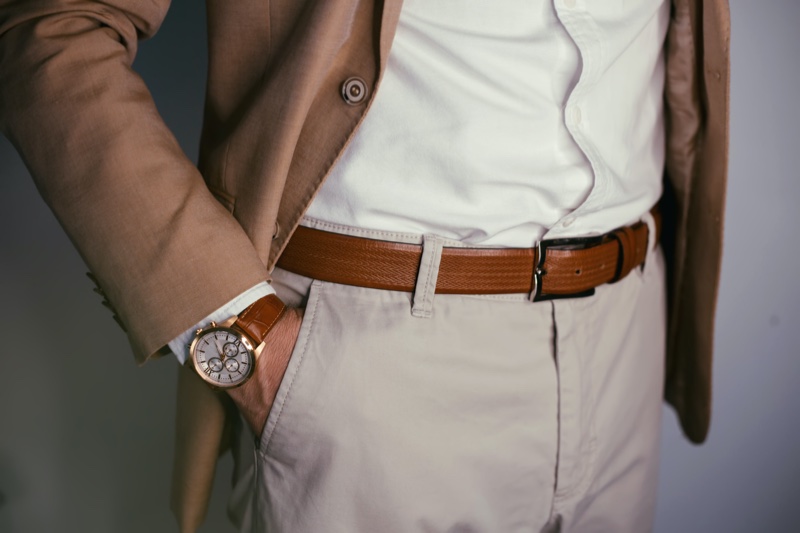
Accessories are best when they complete a look. A well-made belt or attractive watch may seem small, but they are effective when done well.
For example, high-quality watch bands from CNS Watch Bands can transform an ordinary timepiece into a statement of refined taste. They suggest taste without pressing the point.
No one needs a ring for every finger. One, maybe two details worn habitually says more.
Footwear as Foundation
Shoes do more than finish a look. They decide it. This is where functionality and style become hardest to separate.
Three pairs usually cover what you need. Clean sneakers for everyday wear. Leather boots for a change and weather. Loafers or derbies for anything that asks you to make an effort. Nothing extravagant. All of them are worn often.
Layers With Logic
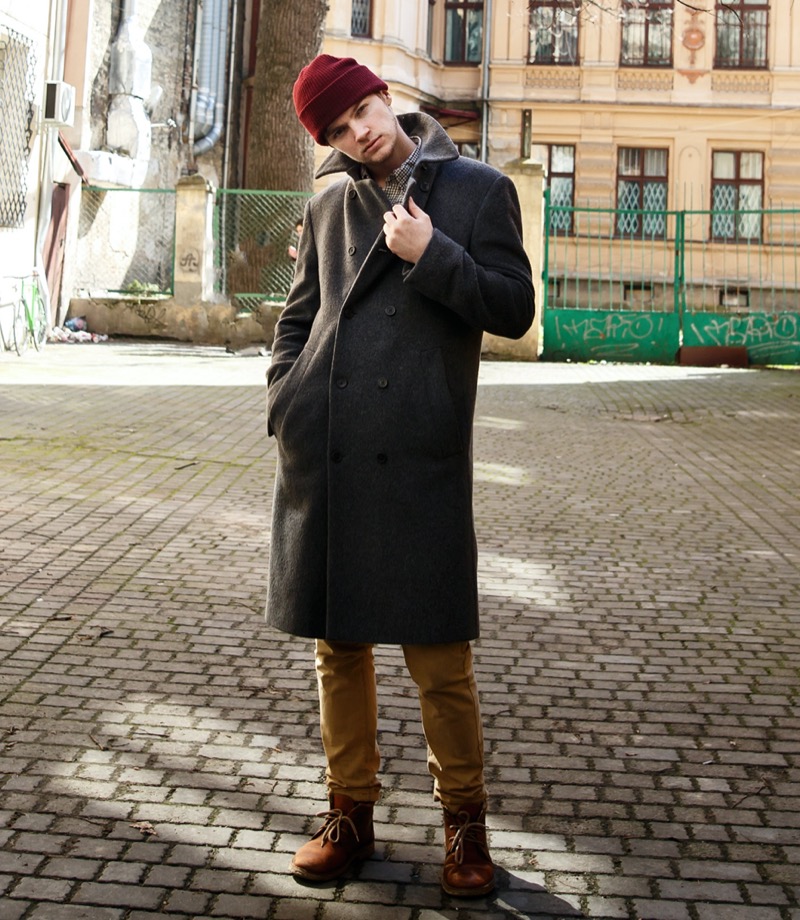
Outerwear depends on the season. It appears, it disappears, but when present, it shapes everything. Stick to a few that do their jobs without explanation. A clean topcoat. A midweight bomber. A transitional overshirt.
Texture helps here as well. From wool and suede to matte cotton, the jacket should feel like part of the same conversation as what’s beneath it.
Clothes Are Only As Good As Their Condition
The greatest sabotage to great dressing is neglect. Creased trousers, tired collars, unwiped shoes. None of it reads well. It’s better to own fewer things, all in good condition. Clean, pressed, maintained. It’s the type of care that gets noticed only in its absence.
Dress for the Life You Actually Lead

A wardrobe is only useful if it matches your days. If you work from home, sharp tailoring is less relevant than knits that hold their shape. If you walk a lot, shoes matter more than trousers.
Style becomes easier when it reflects your routine rather than some imagined version of yourself. Most mistakes in dressing start with pretending your life is something it isn’t.
Avoid the Costume Trap
The danger in chasing a “look” is ending up in costume. Men fall into this by mimicking archetypes: the rugged outdoorsman, the downtown creative, the guy who spends too much time on TikTok.
Occasionally, these references help clarify direction. Too often, they replace it. It’s better to dress like yourself on a good day than like someone else entirely.
Let Clothes Age With You

A wardrobe is not a fixed idea. The items that worked at 25 might not do the job at 50, and that’s fine. Bodies change. Lives change. Tastes shift.
What matters is that the wardrobe keeps up. That the clothes evolve rather than stagnate. The best-dressed men are rarely the most fashion-forward. They are the ones who’ve edited their closets with time.
Build the System, Then Trust It
The real benefit of personal style is the release it offers. You stop thinking so hard. The wardrobe begins to work for you. You know what’s in there, what it does, and what it doesn’t.
This isn’t laziness. It’s experience. Fewer choices. Fewer mistakes. A set of clothes that feel like they belong to your life. Style becomes effortless when it stops being a performance and starts being a habit. The work happens upfront. The ease is what follows.
